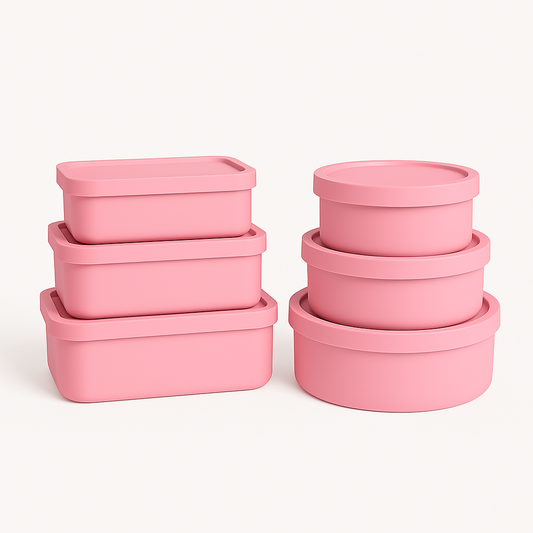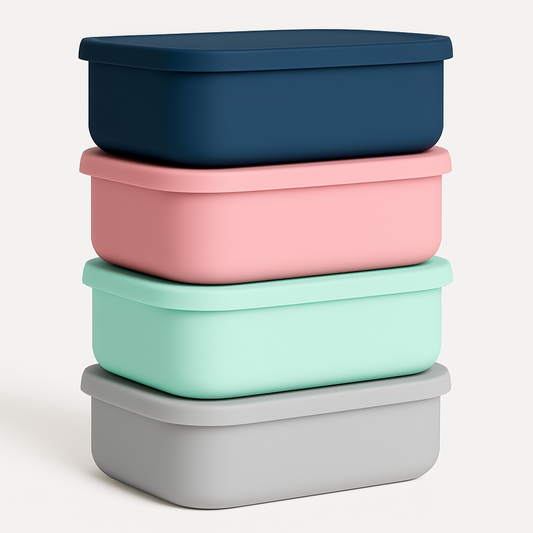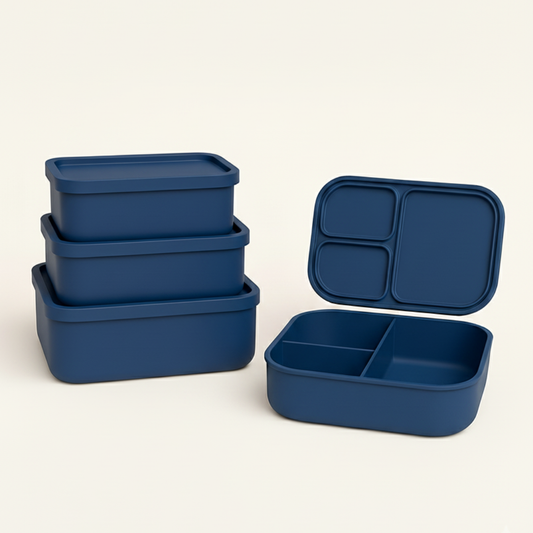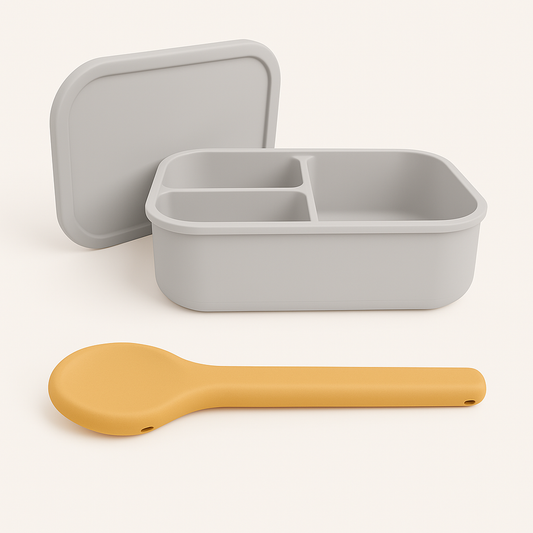
Unlocking the Power of Gratitude: A Guide to Gratitude Journaling and Cultivating Thankfulness
Gratitude journaling is a powerful practice that can have a profound impact on your overall well-being. It involves regularly reflecting on and writing down the things you're grateful for in your life. The benefits of practicing gratitude are numerous, and it's a simple yet effective way to cultivate a more positive and fulfilling mindset. Here's a guide on the benefits of gratitude journaling and tips for starting your own practice:
Benefits of Gratitude Journaling:
1. Improved Mental Health: Gratitude journaling has been linked to reduced symptoms of depression and anxiety. It shifts your focus away from negativity and helps you find joy in the little things.
2. Enhanced Physical Health: Practicing gratitude is associated with better sleep, reduced stress, and a stronger immune system. When you're less stressed, your body is better equipped to handle daily challenges.
3. Increased Happiness: By regularly acknowledging the positive aspects of your life, you naturally become a happier person. You'll notice an increased sense of contentment and life satisfaction.
4. Better Relationships: Expressing gratitude in your journal often involves acknowledging the people in your life who've made a positive impact. This can strengthen your relationships and create a sense of connectedness.
Tips for Starting a Gratitude Journal:
1. Choose Your Journal: Find a notebook or journal that you love. It can be a plain notebook, a fancy journal, or even a digital note-taking app if that suits your style.
2. Set a Regular Schedule: Make gratitude journaling a daily or weekly habit. Consistency is key to reaping the benefits. It's often best to choose a specific time of day, like in the morning or before bed.
3. Start Small: Begin by writing down just a few things you're grateful for each day. These can be simple things, like a warm cup of tea in the morning or a friendly chat with a coworker.
4. Be Specific: Instead of writing, "I'm grateful for my family," try to be more specific and personal, like, "I'm grateful for my sister, who always listens to my problems and offers support."
5. Mix It Up: Don't limit yourself to listing the same things repeatedly. Look for new things to be grateful for each day. It could be a beautiful sunset, a kind gesture from a stranger, or a lesson you learned from a challenging experience.
6. Reflect on Challenges: Even in difficult times, there's often something to be thankful for. Reflect on how challenges have helped you grow, taught you something valuable, or led to unexpected opportunities.
7. Use Prompts: If you're stuck, consider using gratitude prompts to get started. For example, "What made me smile today?" or "Who am I thankful for and why?"
8. Get Creative: You can incorporate creativity into your gratitude journal by adding drawings, photos, or quotes that resonate with your feelings of thankfulness.
9. Share with Others: While your gratitude journal is personal, sharing your gratitude with loved ones can enhance your relationships and create a sense of community.
Personal Experiences and Techniques for Cultivating Thankfulness:
1. Three Good Things: Each night, I write down three things that went well during the day and why they happened. This helps me focus on the positives and the causes behind them.
2. Mindfulness Meditation: I practice mindfulness meditation to become more aware of the present moment, which naturally leads to recognizing things I'm grateful for in everyday life.
3. Gratitude Walks: I take leisurely walks and make an effort to notice the beauty around me, whether it's the changing seasons, a friendly neighbor, or a stunning view. This practice helps me connect with nature and feel thankful.
4. Letter of Appreciation: Occasionally, I write letters of appreciation to people who've made a difference in my life, even if I don't send them. It's a heartfelt way to express gratitude.
5. Gratitude Jar: In addition to journaling, I maintain a gratitude jar where I jot down daily moments of thankfulness on small pieces of paper. At the end of the year, I read through these notes and relive the positive experiences.
Remember, gratitude journaling is a deeply personal practice, and there's no one-size-fits-all approach. Find what works best for you, and enjoy the journey of discovering the beauty in your everyday life through a lens of thankfulness.





